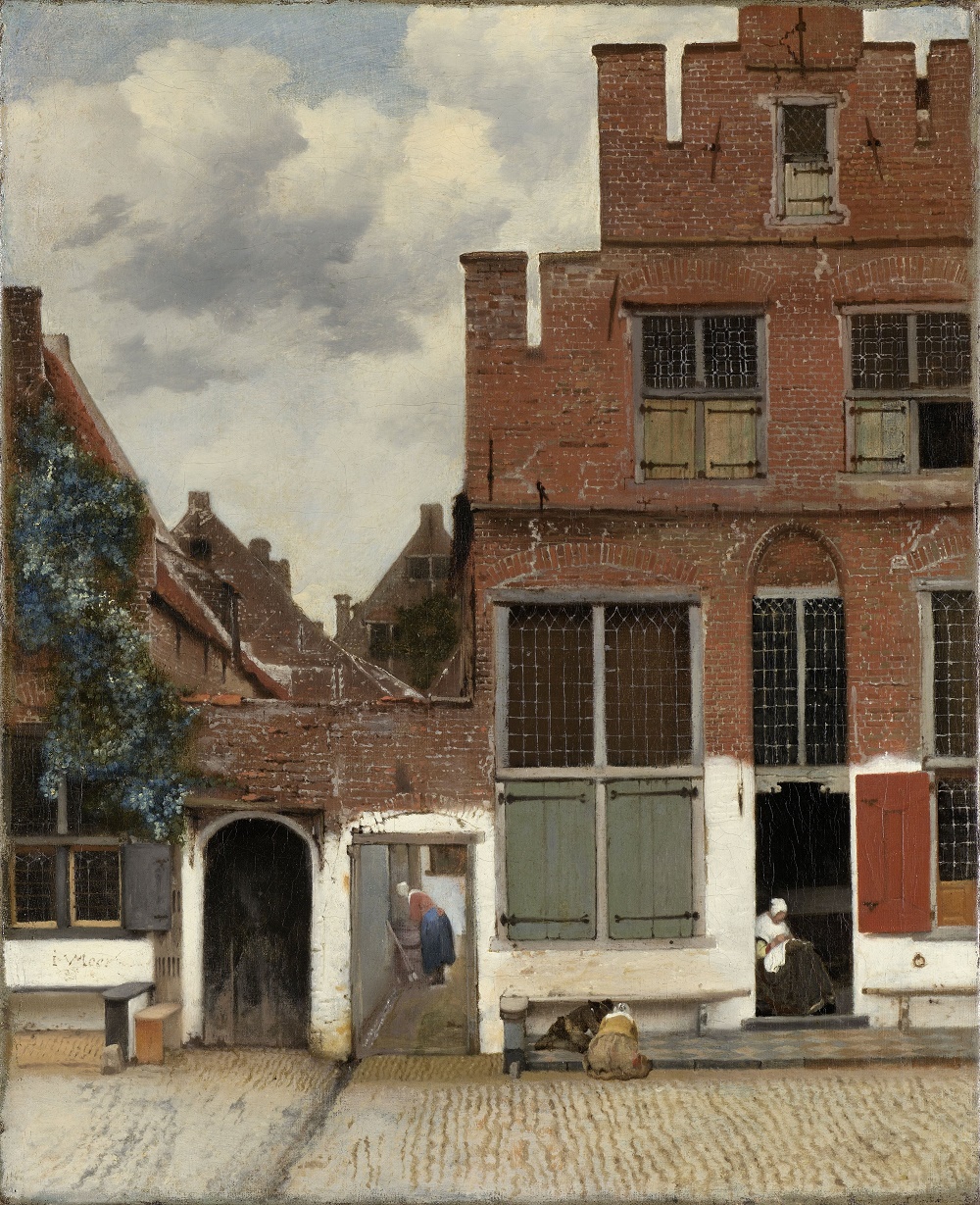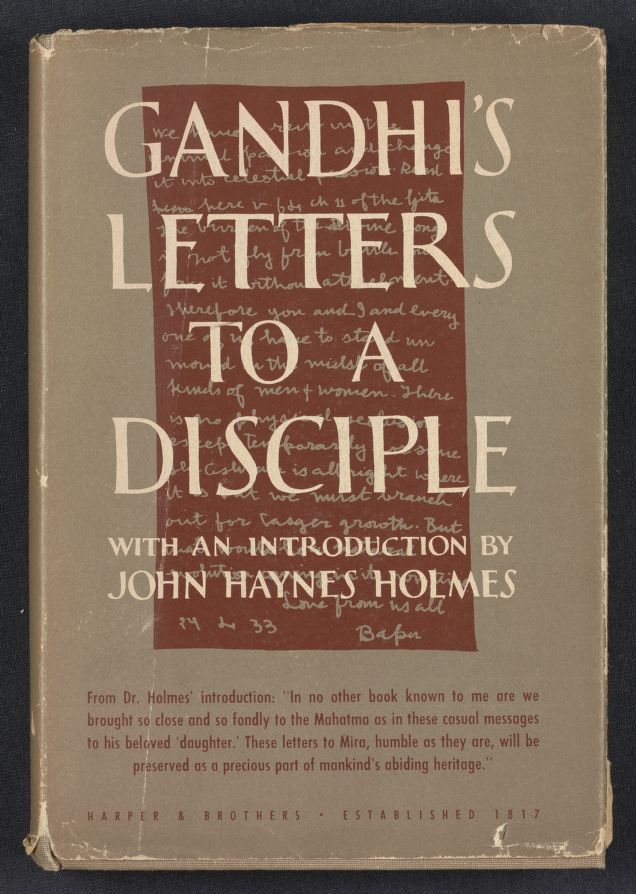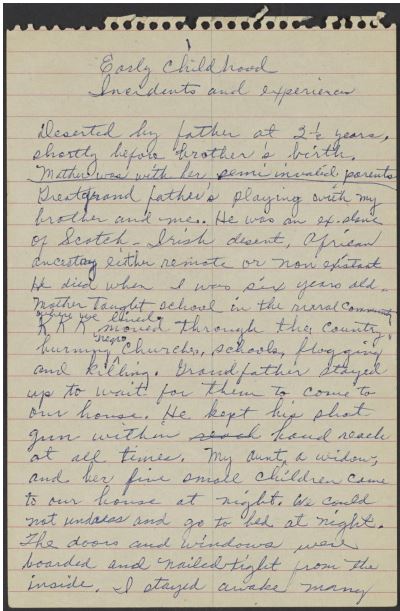Last week we featured William Gibson’s memory of the first time he saw La Jetée, Chris Marker’s influential 1962 science-fiction short film constructed almost entirely out of still photographs. In the Guardian article on the film’s legacy that quotes Gibson, we also hear from director Mark Romanek, who speaks of being “exposed to Chris Marker’s work at a particularly impressionable age.” Romanek, known for the feature films One Hour Photo and Never Let Me Go, has worked primarily as a music video director, and in 1993 he got the chance to do a tribute to Marker in the video for David Bowie’s “Jump They Say.”
“Bowie and I shared an admiration for La Jetée, so we contrived to pay homage to it,” says Romanek. “The idea of making those iconic still images move seemed both exciting and somehow a little sacrilegious.” The observant Marker fan will notice strong echoes of the film in the characters and the events of the music video, especially when Bowie’s character gets dragged off by a pack of post-apocalyptically Gallic-looking techno-thugs and strapped into what looks like the very same wired-up hammock and mask used to send the protagonist of La Jetée back through time.
But much more went into this influence-rich project than an appreciation for Chris Marker. Bowie described the song itself to the New Musical Express as “semi-based on my impression of my stepbrother” Terry Burns, who had taken his own life eight years earlier. In the video, the singer’s character winds up taking a flying leap from the 29th floor of an office building, thus escaping the oppression and paranoia of his slickly sinister near-future corporate setting, which owes much to the version of Paris that Jean-Luc Godard offered up in his 1965 sci-fi noir Alphaville.
We might say that the sharp-suited, sharper-haired incarnation of Bowie here jumps as a way out of a world with which he cannot reason, and artists who want to depict such a world have often looked to the work of Franz Kafka as an example. In this case, Bowie and Romanek draw from Orson Welles’ film adaptation of Kafka’s The Trial (especially its use of corridors), which came out the very same year as La Jetée did. Enthusiasts of 1960s film will also notice that 2001: A Space Odyssey also had its impact on the production design (especially as regards female costuming). But what did the man behind the main inspiration think? “I was deeply relieved,” says Romanek, “to hear that Mr. Marker was pleased and not offended by the gesture.”
Related Content:
David Bowie Releases 36 Music Videos of His Classic Songs from the 1970s and 1980s
How “Space Oddity” Launched David Bowie to Stardom: Watch the Original Music Video From 1969
The Story of Ziggy Stardust: How David Bowie Created the Character that Made Him Famous
Based in Seoul, Colin Marshall writes and broadcasts on cities, language, and style. He’s at work on a book about Los Angeles, A Los Angeles Primer, the video series The City in Cinema, the crowdfunded journalism project Where Is the City of the Future?, and the Los Angeles Review of Books’ Korea Blog. Follow him on Twitter at @colinmarshall or on Facebook.











